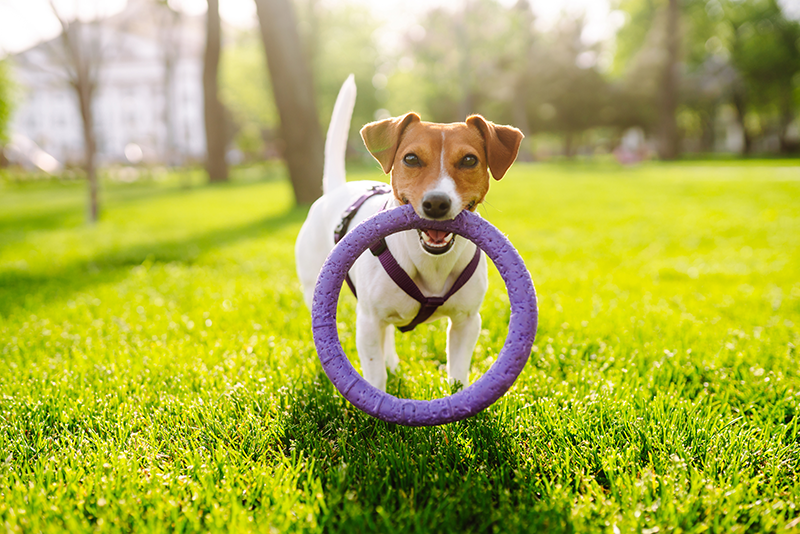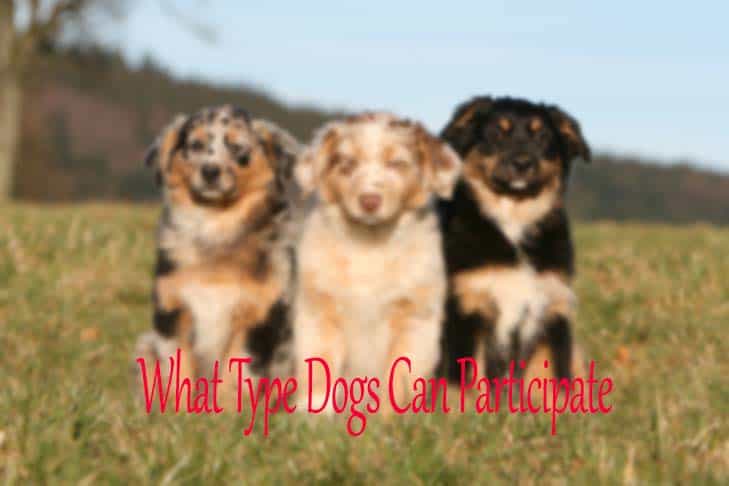Have you ever noticed that your furry companion shows their teeth when they are excited? This behavior might puzzle many pet owners, but it actually has a fascinating explanation. Dogs have a unique way of expressing their emotions, and displaying their teeth is one of them. When a dog is excited, the instinctual response of showing teeth is deeply rooted in their evolutionary history. Understanding why your dog exhibits this behavior can provide valuable insights into their emotional state and enhance your bond with them. In this blog, we will delve into the reasons behind why your dog shows teeth when excited and explore how you can interpret this gesture to better communicate with your canine friend.
Understanding Dog Behavior
When your dog shows teeth when excited, it’s essential to understand the underlying behavior to ensure a positive interaction. Dogs display various behaviors to communicate their emotions and needs.
The “Smile” Phenomenon
One common behavior mistaken for aggression is the “submissive grin.” It’s a relaxed, open-mouthed expression often seen during playtime, indicating happiness.
Body Language Cues
Aside from showing teeth, pay attention to overall body language like a wagging tail, relaxed posture, and attentive gaze. These signs can help differentiate between excitement and aggression.

Why Do Dogs Show Their Teeth?
When your dog shows teeth when excited, it is often a signal of positive emotions rather than aggression. Dogs have a variety of ways to express their excitement, and flashing their teeth is just one of them. This behavior can be traced back to their wild ancestry, where showing teeth was a way to display playfulness and joy.
The Grin Factor
One common reason why dogs show their teeth when excited is to create a friendly grin towards their owners or other dogs. This type of smile is usually accompanied by wagging tails and relaxed body language, indicating happiness and eagerness to interact.
It’s important to understand your dog’s body language to differentiate between an excited grin and a sign of aggression.
Social Interaction
Another reason for displaying teeth during excitement is to engage in social play. Dogs use their facial expressions to communicate with each other, and showing teeth can signal a desire to play, especially when accompanied by play bows or a crouching posture.
- Engage in positive reinforcement to encourage this playful behavior.
- Observe your dog’s enthusiastic body language for cues.
Signs of Excitement in Dogs
When your furry friend exhibits signs of excitement, it can be both adorable and entertaining. One common behavior dogs display when excited is showing teeth. This behavior, often mistaken as aggression, is an indication of enthusiasm and happiness.
Dog Shows Teeth When Excited
Dogs show teeth when excited as a way of smiling and expressing joy. It’s important to differentiate between this behavior and aggressive baring of teeth. The main difference lies in the overall body language of the dog and the context of the situation.
Other Signs of Excitement
Along with showing teeth, excited dogs may exhibit a variety of behaviors:
- Wagging tail vigorously
- Jumping up and down
- Play bowing
Factors Influencing Dog Behavior
Understanding why your dog shows teeth when excited involves various factors that influence their behavior.
1. Breed Characteristics
Different dog breeds have distinct traits that can affect how they express excitement. Some breeds, like terriers, are known for being more vocal and showing teeth as a sign of enthusiasm.
2. Socialization
Socialization plays a crucial role in a dog’s behavior. Proper exposure to various stimuli during early life can impact how they react when excited, including showing teeth as a form of communication.
3. Individual Personality
Each dog has a unique personality that influences their behavior. Some dogs may naturally exhibit their excitement by showing their teeth, while others may express it differently.
How to Interpret Your Dog’s Body Language
Understanding your dog’s body language is essential for effective communication and bonding. When your dog shows teeth when excited, it might not always indicate aggression. Learning to interpret these cues can help you respond appropriately to your furry friend.
Key Body Language Cues
1. **Teeth Showing**: Dogs may show their teeth when excited as a sign of happiness or playfulness. This usually accompanies a wagging tail and relaxed body posture, indicating a positive emotion.
2. **Tail Wagging**: The speed and height of the tail wag can convey different emotions. A slow wag may indicate uncertainty or caution, while a high, fast wag often signals excitement and happiness.
Signs of Discomfort
1. **Stiff Body**: A tense or stiff body posture, combined with showing teeth, could indicate fear, stress, or discomfort.
2. **Avoidance**: If your dog turns away or avoids eye contact when showing teeth, it might be feeling overwhelmed or anxious.
Tips for Handling an Excited Dog
When your dog shows teeth when excited, it’s essential to know how to manage their exuberance to avoid any unwanted incidents. Here are some expert tips to help you handle your dog’s excitement effectively:
1. Stay Calm and Redirect Focus
When your dog gets overly excited, remain calm to prevent escalating their emotions. Redirect their focus by engaging them in playful activities like fetching a ball or performing a trick.
2. Establish Clear Boundaries
Set clear boundaries and enforce consistent rules to help your dog understand what behavior is acceptable. Use positive reinforcement techniques like treats and praise to reward calm behavior.
3. Provide Mental and Physical Stimulation
Keep your dog mentally and physically stimulated through regular exercise and interactive games and puzzles. A tired dog is less likely to exhibit excessive excitement.

Frequently Asked Questions
- Why does my dog show teeth when excited?
- Dogs may show their teeth when they are excited as a form of expressing their emotions. It can be a sign of happiness, excitement, or anticipation rather than aggression.
- Is my dog being aggressive if it shows teeth when excited?
- Not necessarily. Showing teeth when excited does not always indicate aggression. It’s important to consider the overall body language and context to better understand your dog’s emotions.
- How should I react if my dog shows teeth when excited?
- Stay calm and observe the situation. If your dog is showing teeth in a playful or happy manner, you can engage positively. However, if you notice signs of aggression or discomfort, it’s best to give your dog space and seek professional advice.
- Can training help reduce teeth showing when my dog is excited?
- Yes, training and positive reinforcement can help modify your dog’s behavior. Consult with a professional trainer to address any potential issues and redirect your dog’s excitement into more appropriate behaviors.
Unleashing Excitement: Understanding Why Your Dog Shows Teeth When Excited
As we delved into the intriguing behavior of why dogs show teeth when excited, we uncovered a fascinating insight into their communication methods and emotional expressions. It’s clear that this display is not always a sign of aggression but rather a manifestation of their overflowing joy and eagerness. By recognizing this distinction, we can better understand and connect with our furry companions on a deeper level.
In conclusion, next time your dog bares its teeth in excitement, remember the positive intentions behind this gesture and engage with them in a positive manner. Embrace their exuberance and reciprocate the love and happiness they are trying to convey. Remember, a smiling dog is a happy dog!



